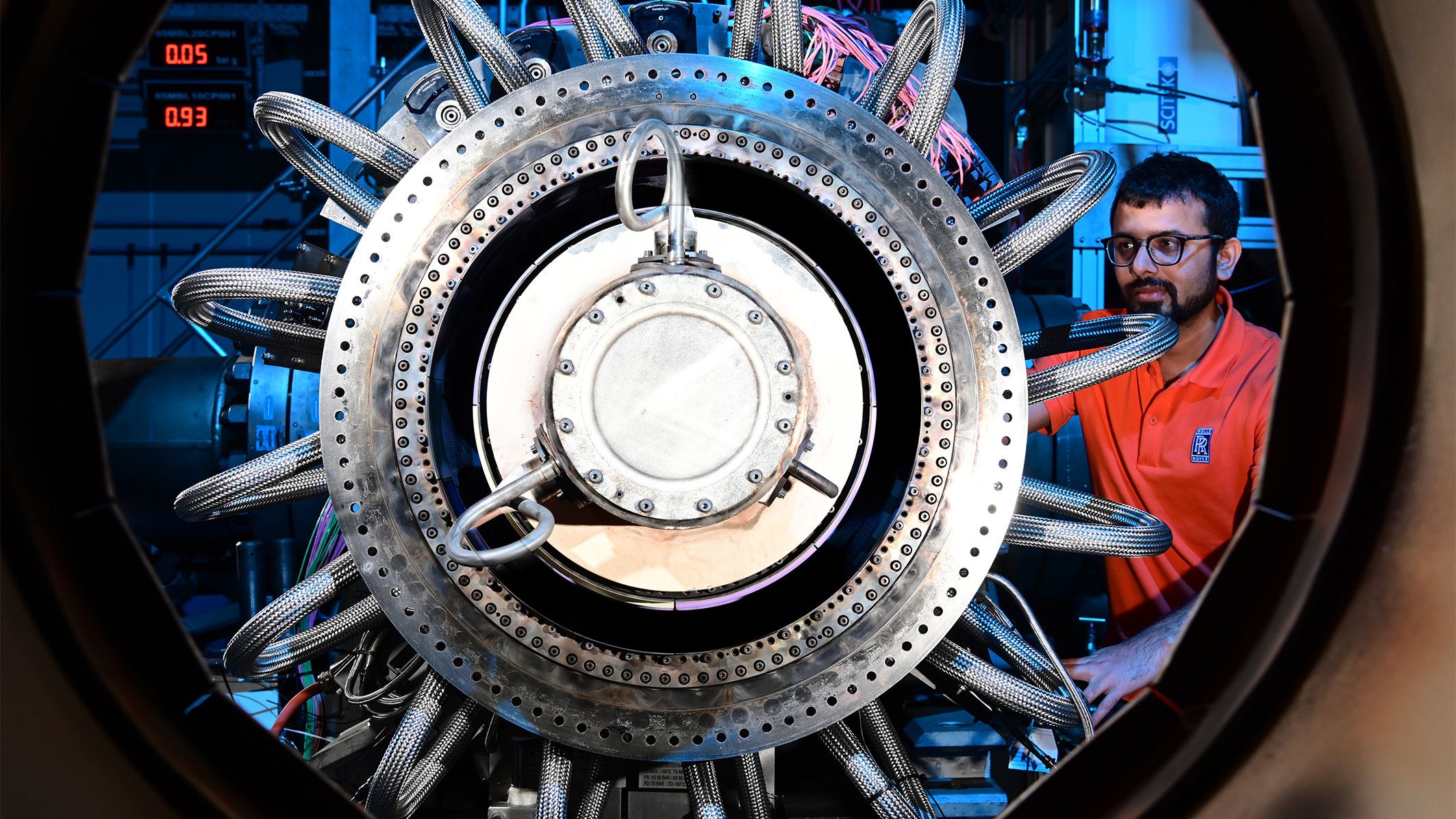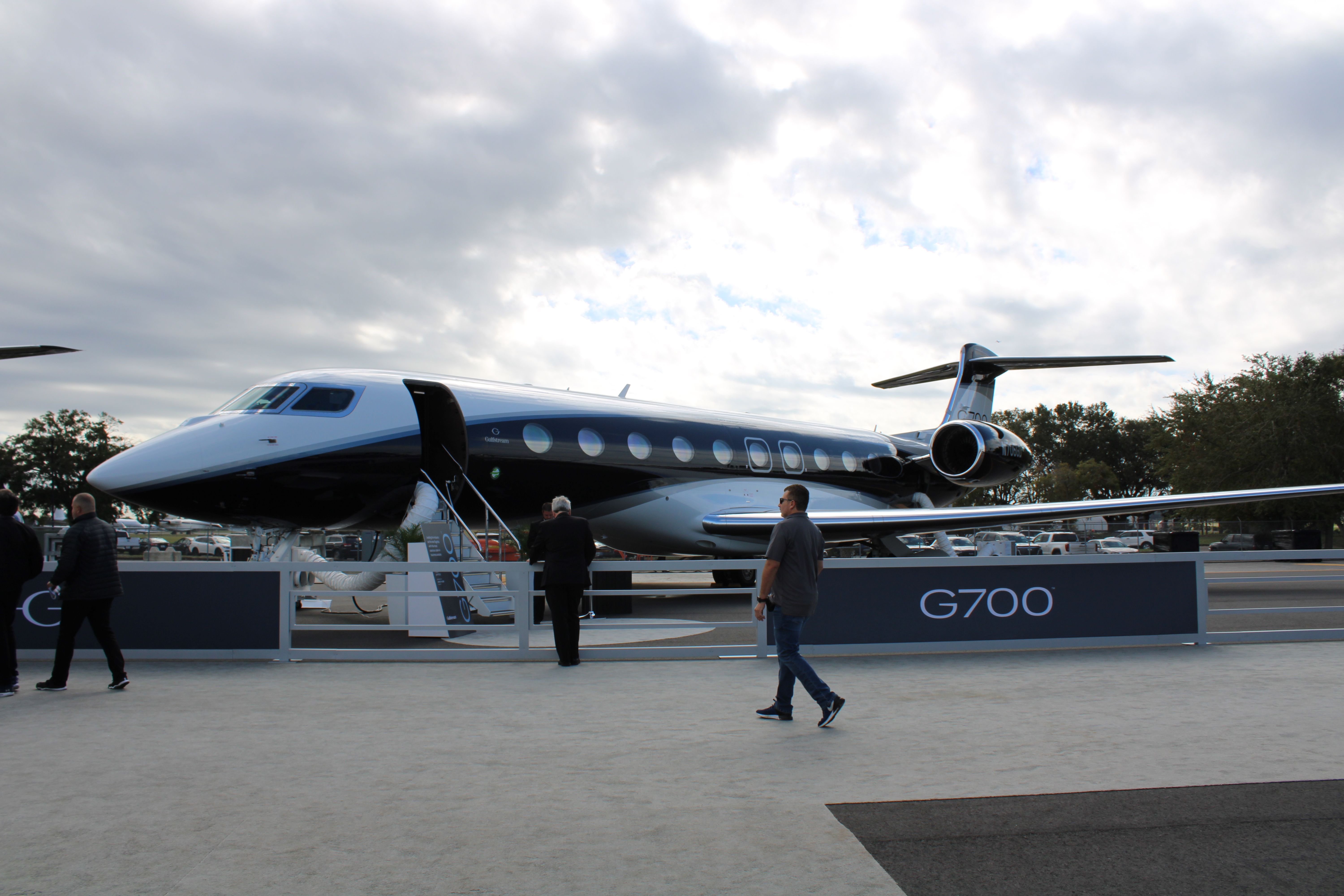Summary
- Rolls-Royce successfully tested 100% hydrogen fuel on the annular combustor of a Pearl 700 engine, a major step towards sustainable aviation fuel sources.
- The testing required significant engineering work to design new fuel nozzles that could safely deliver hydrogen and control its reactivity.
- Although more tests are needed for fuel delivery and engine integration, progress is being made with the goal of achieving emissions-free fuel for aviation by the mid-2030s.
Rolls-Royce (RR) marked a major milestone in its pursuit of sustainable aviation fuel sources, namely hydrogen. Partnering with budget carrier easyJet, tests showed that combusting 100% hydrogen fuel on the RR Pearl 700 engine could generate maximum take-off thrust. The testing required significant engineering work to adapt to hydrogen and is another step on a long path to moving away from fossil fuels for aviation needs, with a target of the mid-2030s.
Combustion elements successful
Rolls-Royce partnered with easyJet, Loughborough University, and the German Aerospace Center (DLR) to make this project a reality. Central to the focus was designing new fuel nozzles that could safely and reliably deliver hydrogen for the combustion process. Since the element burns far hotter and more rapidly than kerosene (the current jet fuel), the new nozzles were created to aggressively mix in air to control the reactivity.
Following initial tests, a full pressure test occurred at DLR’s Cologne facility, with the annular combustor (combustion zones with their own fuel nozzles) from an RR Pearl 700, used on the Gulfstream G700 and based on the BR700. The test was a massive success, with the engine maker marking it as a world industry first.
In a statement, Grazia Vittadini, Chief Technology Rolls-Royce, noted,
“This is an incredible achievement in a short space of time. Controlling the combustion process is one of the key technology challenges the industry faces in making hydrogen a real aviation fuel of the future. We have achieved that, and it makes us eager to keep moving forward.”
easyJet CEO Johan Lundgren was equally excited about the project, noting,
“We believe hydrogen is the future of short-haul aviation and the success of this test and progress being made demonstrates that this is becoming ever closer. We remain optimistic that it will play a critical role in helping us achieve the ambitious goals we set out in our net zero roadmap.”
Many more steps to go
While the combustion step has been successfully completed, fuel delivery and engine integration are the next big questions to answer for hydrogen-based fuel. However, successful ground tests on the Pearl 700 show that the technology is moving forward, following previously successful attempts on the RR AE2100 turboprop fan blade.
The next test will be a gas hydrogen full ground test of the Pearl 700, followed by one with liquid hydrogen. The target remains for emissions-free fuel and testing is nowhere near complete. But progress is being made, and rapidly, so much so that engine technology powering narrowbodies might just be possible by the mid-2030s, a little over a decade away.
Pearl 700
The Pearl 700 might not be familiar to all aviation enthusiasts and is a smaller powerplant compared to those powering modern airliners. Based on the RR BR700, this engine has been adapted for private jets like the Gulfstream G650 and G700 as well as the Boeing 717. By testing on this base, Rolls-Royce can show how close to airworthy it is getting with hydrogen technology, with easyJet hoping to be the first to make the leap.
What do you think about the latest tests? Let us know in the comments.



